Infrastructure development underpins NDS1 success
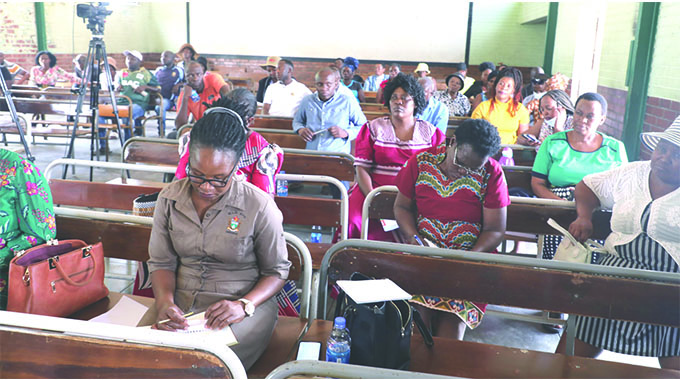
Nqobile Bhebhe, Senior Business Reporter
THE robust infrastructure development projects being rolled out by the Second Republic across the country are driving the success of Government’s National Development Strategy 1 (NDS1), the five-year economic blueprint spanning 2021 to 2025.
The development transformation momentum is being enhanced by improved fiscal space that has been ushered in by comprehensive policy reforms undertaken since 2018.
From a history of recurrent budget deficits and strained capital expenditure, the New Dispensation has scored milestones in restoring fiscal balance with budget deficit averaging below five percent in the last four years, according to official reports.
The World Bank has acknowledged the positive strides by Zimbabwe, whose rankings have progressed from low income economy to low-middle income economy, Finance and Economic Development Deputy Minister, Clemence Chiduwa, said yesterday while addressing delegates during an NDS1 update programme in Bulawayo’s Emakhandeni suburb.

Deputy Minister Clemence Chiduwa
Amid such sustained progress, the Deputy Minister said infrastructure development milestones have become a critical driving force behind NDS1 success.
He made reference to major capital projects such as roads rehabilitation, dam construction, building of schools, clinics and hospitals, new energy investments, housing development, water and irrigation infrastructure, ICTs and industrial capacity expansion.
“We noted that there was low manufacturing capacity with capacity utilisation of about 37 percent, agriculture and mining outputs were also low.
“Another challenge was on energy levels and foreign currency issues. These challenges informed the formulation of NDS 1. So, under NDS 1, we are addressing challenges faced under TSP (Transitional Stabilisation Programme),” said Chiduwa.
“With the implementation of NDS1, which has clear set targets for each economic sector, remarkable results are being registered.
“Government views infrastructural development as a major enabler of the economy. We’re looking at an infrastructural space that is well developed.”
The success of NDS1 (2021-2025) is expected to build the momentum towards NDS 2 (2026-2030), which will take Zimbabwe to the desired realisation of upper middle-income economy status by 2030.
By meeting these targets, Zimbabwe seeks to simultaneously address the global aspirations of the Sustainable Development Goals (SDGs) and Africa Agenda 2063.
For example, Deputy Minister Chiduwa said the country’s manufacturing capacity has significantly risen to about 66 percent with the country expected to harvest 380 000 tons of wheat this season, which is more than the national requirement of 360 000 tons.
He said these successes were being done using domestic resources created by enhanced micro economic stability.
“For us to move forward as a country, we need a stable economy. Zimbabwe has been under economic sanctions since 2001 and when we say financial re-engagement it shows that we have been isolated economically,” said Chiduwa.
He said when the Second Republic was ushered in, it prioritised putting in check Government spending, which has helped a lot in bringing about financing for development projects as opposed to paying wages alone.
“We had to rationalise Government expenditure and we had to do this by implementing clear projects and also made sure that the civil service went through a rationalisation phase and got rid of ghost workers,” said Chiduwa.
“There was a need on the part of the Government to also broaden revenue sources. In doing so, the aim was to be in line with regional peers under the micro-economic convergence framework under SADC where the budget deficit is not supposed to exceed three percent.
“From 2018 to date, we’ve never gone beyond a budget deficit of three percent. We’re literally running a balanced budget.”
In order for Zimbabwe to reach a target of being upper-middle income by 2030, it needs an economic growth of five percent per annum, said the Deputy Minister.
“Last year, our revised economic growth figure was 8.5 percent and this was from a 2020 figure of -7.4 percent.
“The 2020 figure was a result of drought and other factors. We’re still within the expected growth figure of five percent,” he added.
On the energy front, Chiduwa said there is high interest from Independent Power Producers (IPP) who are loading a reasonable amount of energy in the national grid, which could ease the dependence on Kariba Dam for energy generation.
The Deputy Minister said expansion works at Hwange Thermal Station Units 7 and 8 are expected to add 600 megawatts to the national grid upon completion, saying this will ease energy supply constraints in the economy, which continue to undermine growth and recovery.
Overall, he said NDS 1 has had significant positive bearing on the economy and the “Government is happy progress made to date”.
The Deputy Minister challenged provinces to also work towards achieving provincial set targets.

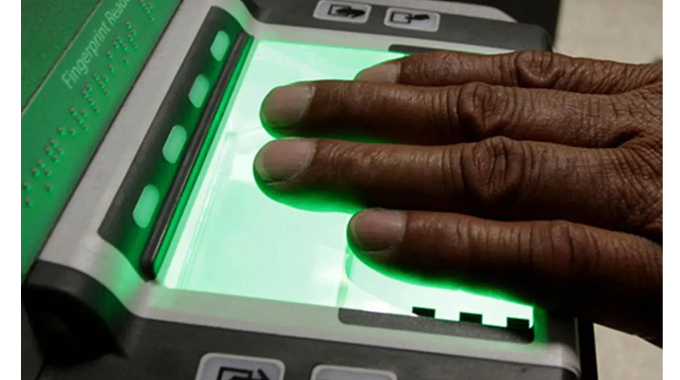
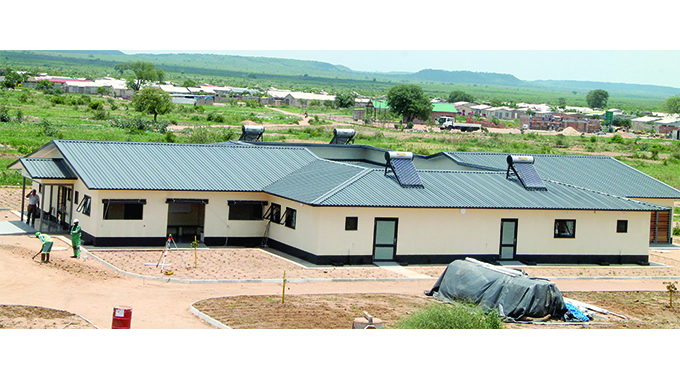
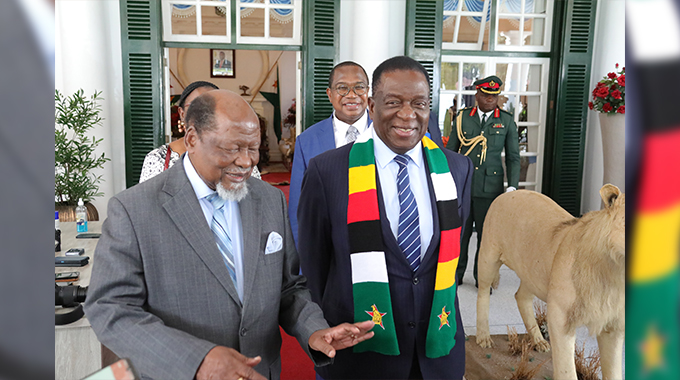
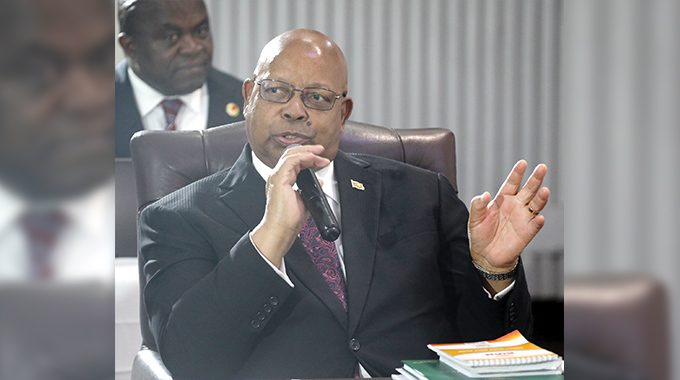
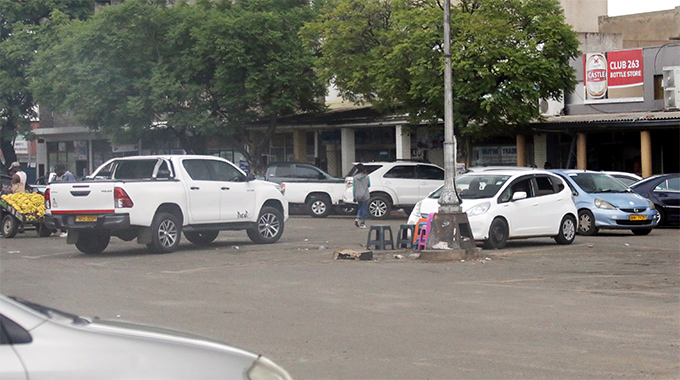






Comments